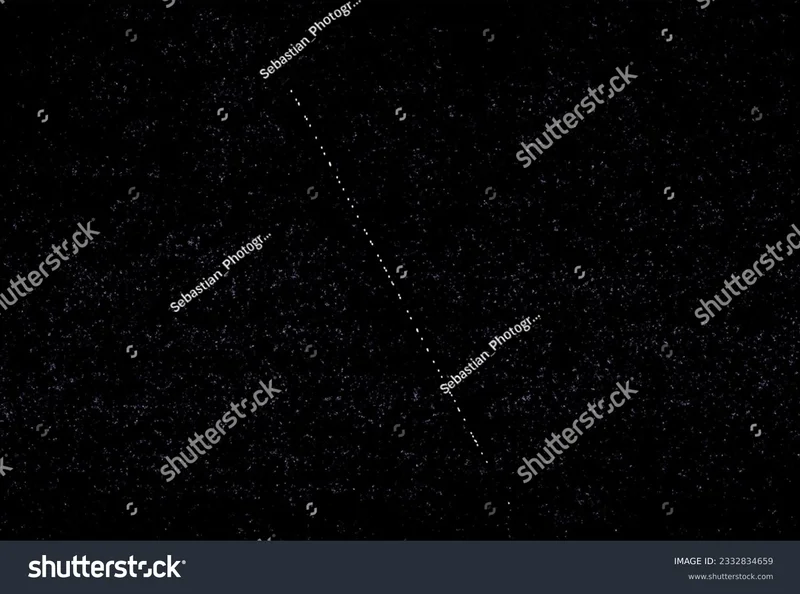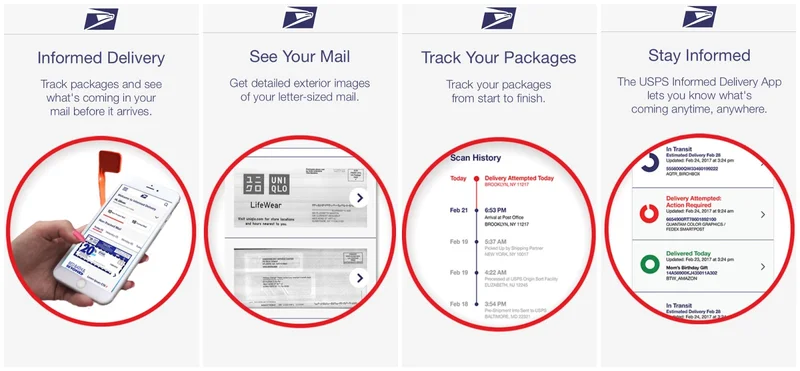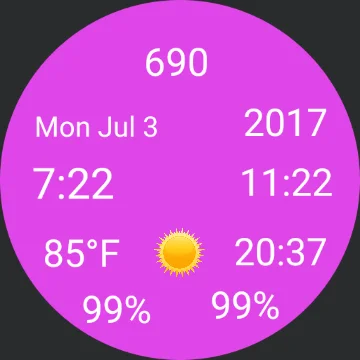Rocket Launch Today: Keeping Watch on Rising Seas
Title: Sentinel-6B: Not Just Measuring Sea Levels, But Charting Our Course to a Sustainable Future
Okay, friends, let's talk about something truly inspiring. You've probably seen the headlines: SpaceX launched the Sentinel-6B satellite to measure sea levels. Important? Absolutely. But trust me, the real story here is so much bigger. It's not just about monitoring a problem; it's about equipping ourselves with the knowledge to solve it.
Imagine a world where coastal cities are no longer threatened by rising tides, where we can accurately predict and mitigate the impacts of climate change. That's the promise of Sentinel-6B. It's more than just a satellite; it’s a high-tech crystal ball, giving us a glimpse into the future of our planet.
A New Era of Ocean Understanding
This mission, a collaboration between NASA, the ESA, and other international partners, is building on decades of work—a legacy of understanding our oceans. Sentinel-6B, following in the footsteps of its twin, Sentinel-6 Michael Freilich, uses cloud-penetrating radar to measure sea level heights with incredible precision. We're talking accuracy down to an inch across 90% of the world's oceans! That's like reading the fine print on a weather report from space.
But here’s the "Big Idea" that gets me truly excited: This data isn't just about tracking sea levels. It's about understanding the entire ocean system. It allows us to monitor ocean currents, wave heights, and other critical factors that influence our climate and weather patterns. Karen St. Germain, NASA’s director of Earth science, put it perfectly: "This information underpins navigation, search and rescue, and industries like commercial fishing and shipping." It’s the foundation for predicting floods, protecting coastal infrastructure, and managing resources.
Think about the implications for a second. We can optimize shipping routes to reduce fuel consumption, protect fisheries from overexploitation, and develop more resilient coastal communities. It’s a paradigm shift—from simply reacting to environmental changes to proactively shaping a sustainable future.

And the fact that a Falcon 9 booster, serial number B1097, is making its third flight and will land back at the launch site? That’s not just cool; it’s a testament to the incredible progress SpaceX has made in reusable rocket technology. It means we can access space more frequently and affordably, accelerating the pace of scientific discovery and innovation. It's like the difference between sending messages by carrier pigeon and sending them by email, the speed of this is just staggering—it means the gap between today and tomorrow is closing faster than we can even comprehend.
Of course, there’s always a flip side. The Trump Administration, as noted in some reports, avoided mentioning climate change in relation to the mission. That’s… well, let's just say it's shortsighted. We can't solve problems we refuse to acknowledge. But the data speaks for itself. The rising sea levels are a clear and present danger, and Sentinel-6B is giving us the tools to address them, regardless of political rhetoric.
Now, I saw one comment online that really resonated with me. Someone on a space-focused forum wrote, "It's easy to feel overwhelmed by the scale of the climate crisis, but missions like Sentinel-6B give me hope that we can still turn things around." And you know what? I couldn't agree more. It’s easy to fall into despair, but these tangible steps, these technological leaps forward, are what keep us moving.
The launch itself, scheduled for 9:21 p.m. PT from Vandenberg Space Force Base, might even be visible in Arizona! Imagine looking up at the night sky and seeing a tiny spark of hope soaring into orbit. It’s a powerful reminder of what we can achieve when we work together, across borders and disciplines, to tackle the biggest challenges facing humanity. According to SpaceX nighttime rocket launch may be visible in Arizona. Where, when to see Falcon 9, the launch may be visible in Arizona. It’s a powerful reminder of what we can achieve when we work together, across borders and disciplines, to tackle the biggest challenges facing humanity.
But, let’s be clear. This isn't just about technology. It's about responsibility. With this increased knowledge comes the ethical imperative to act. We need to use the data wisely, to make informed decisions, and to prioritize the well-being of our planet and its people. It's like giving someone a powerful tool; you also need to teach them how to use it safely and responsibly.
This is How We Build a Better World
This isn't just about measuring sea levels; it's about measuring our potential. It's about proving that we can harness technology to create a more sustainable, equitable, and thriving future for all. When I first read about the launch, I honestly just sat back in my chair, speechless. This is the kind of breakthrough that reminds me why I got into this field in the first place.
Previous Post:Ubisoft Stock Halt: What's Going On and Why Reddit's Freaking Out
No newer articles...
Related Articles
Starlink Satellite Count: What's Orbiting and Falling?
Title: Starlink's "Falling Satellites" Are Actually Rising Opportunities Okay, let's be real for a s...
USPS Launches Informed Delivery App: A Sign of Government Innovation as FEMA Halts Preparedness Grants
The Last Mile, Digitized: Why the New USPS App is More Than Just Package Tracking There's a strange,...
Dow Jones' Tech Sell-Off: What Happened and What We Know
Cookie Apocalypse? More Like a Personalized Renaissance! Okay, tech world, let's talk cookies. Not t...
The Aster Name is a Mess: A breakdown of the flower, the crypto, and the weird-ass movies
Forget Crypto, My New Investment is a Six-Inch Weed Called 'Snow Flurry' So, I’m scrolling through m...
Switzerland: Time zones, Zurich, and flights – What we know
Alright, let's get real. Another day, another website demanding I accept their "cookie policy." Give...
Palantir Stock (PLTR): The Hype, The Price, and Why It's Not Nvidia
So, let me get this straight. The U.S. Army hands a nine-figure contract to the tech-bro darlings of...





